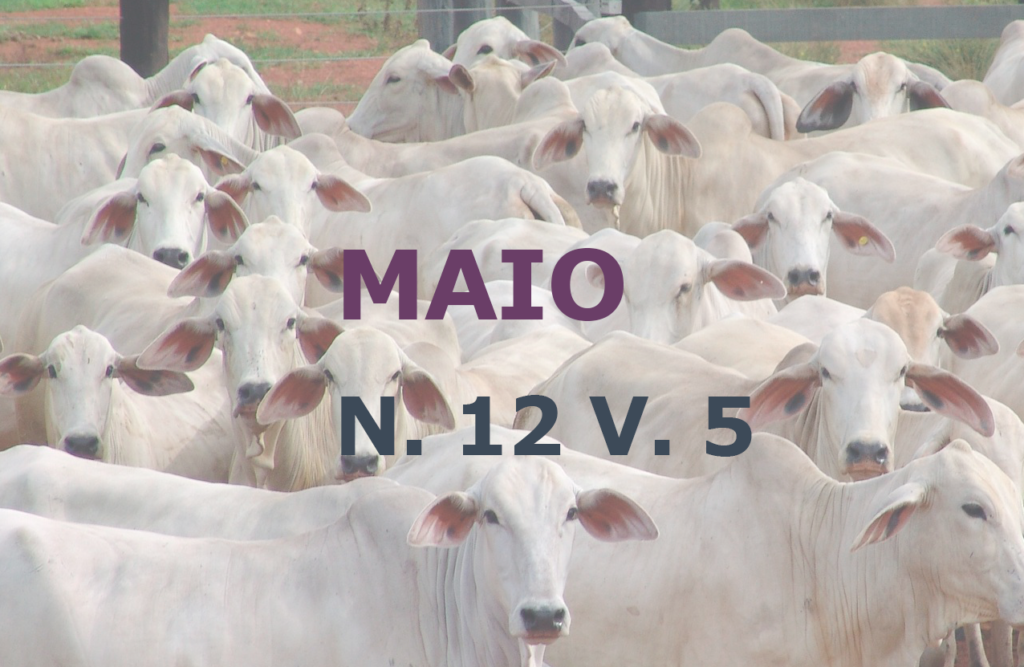Selenium for goats and sheep: Review
DOI:
https://doi.org/10.22256/pubvet.v12n5a92.1-12Keywords:
immunity, small ruminants, productivityAbstract
Nutrition demands the higher cost of production of goats and sheep and because of this reason, greater profitability can be achieved in the details. Where each nutrient has its importance, and some of them are highlighted differently, is the case of selenium. Within animal physiology, selenium is multifunctional and essential for the normal functioning of various metabolic pathways. As an antioxidant, selenium, at the cellular level, promotes important feedback between the metabolic activity of some organs and the regulation of cellular functioning. In addition to contributing to the nutritional homeostasis and better performance of the animals. In addition, its antioxidant action optimizes and protects vitamin E, increase the activity of defense cells, reduces the severity of secondary infections mainly in the defense of the mammary gland. Together with copper, zinc and vitamin E, make up the immune system of animals. In deficient diets, selenium supplementation has been shown to reduce placental retention. In deficiency it can lead the animals to anestrus, decrease the fertility of the ovum, reducing the rate of conception and also the production of meat, milk and wool. In this sense, this bibliographic review aims to address some aspects related to selenium on the reproductive and productive performance of goats and sheep and also their relation with the sanity of these species. According to a literature review presented in this review, it is concluded that selenium has broad functionalities in the areas of nutrition, sanitation and reproduction, improving the production systems of goats and sheep, since it increases the weight gain, the production of milk and animal wool. Reduces the risk of diseases such as mastitis and vermin contamination, as well as increasing fertility rate, and reducing placental retention.
Downloads
Published
Issue
Section
License
Copyright (c) 2018 Juliete de Lima Gonçalves, Fábio Carreiro Chaves de Melo, Rafael Teixeira de Sousa, Sueli Freitas dos Santos, Antonio Marcos Ferreira Fernandes

This work is licensed under a Creative Commons Attribution 4.0 International License.
Você tem o direito de:
Compartilhar — copiar e redistribuir o material em qualquer suporte ou formato
Adaptar — remixar, transformar, e criar a partir do material para qualquer fim, mesmo que comercial.
O licenciante não pode revogar estes direitos desde que você respeite os termos da licença. De acordo com os termos seguintes:
Atribuição
— Você deve dar o crédito apropriado, prover um link para a licença e indicar se mudanças foram feitas. Você deve fazê-lo em qualquer circunstância razoável, mas de nenhuma maneira que sugira que o licenciante apoia você ou o seu uso. Sem restrições adicionais
— Você não pode aplicar termos jurídicos ou medidas de caráter tecnológico que restrinjam legalmente outros de fazerem algo que a licença permita.





